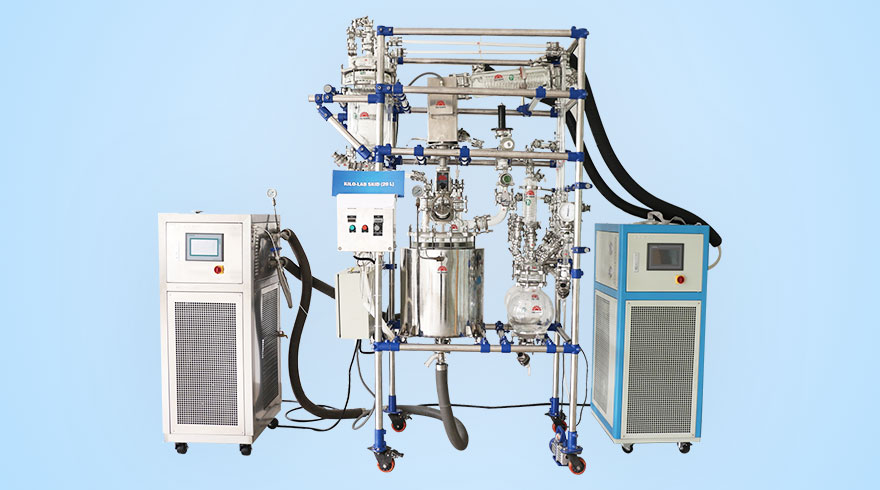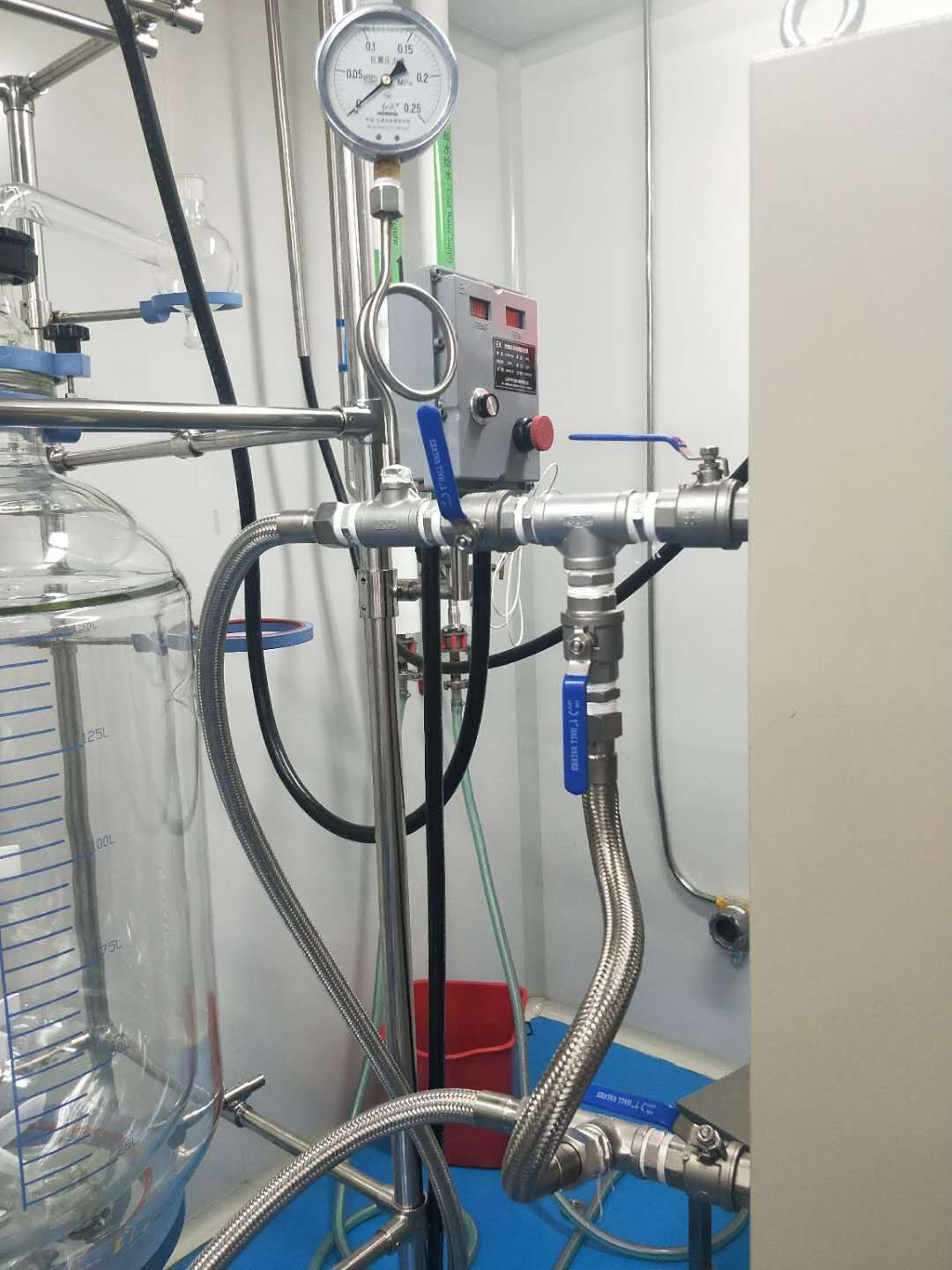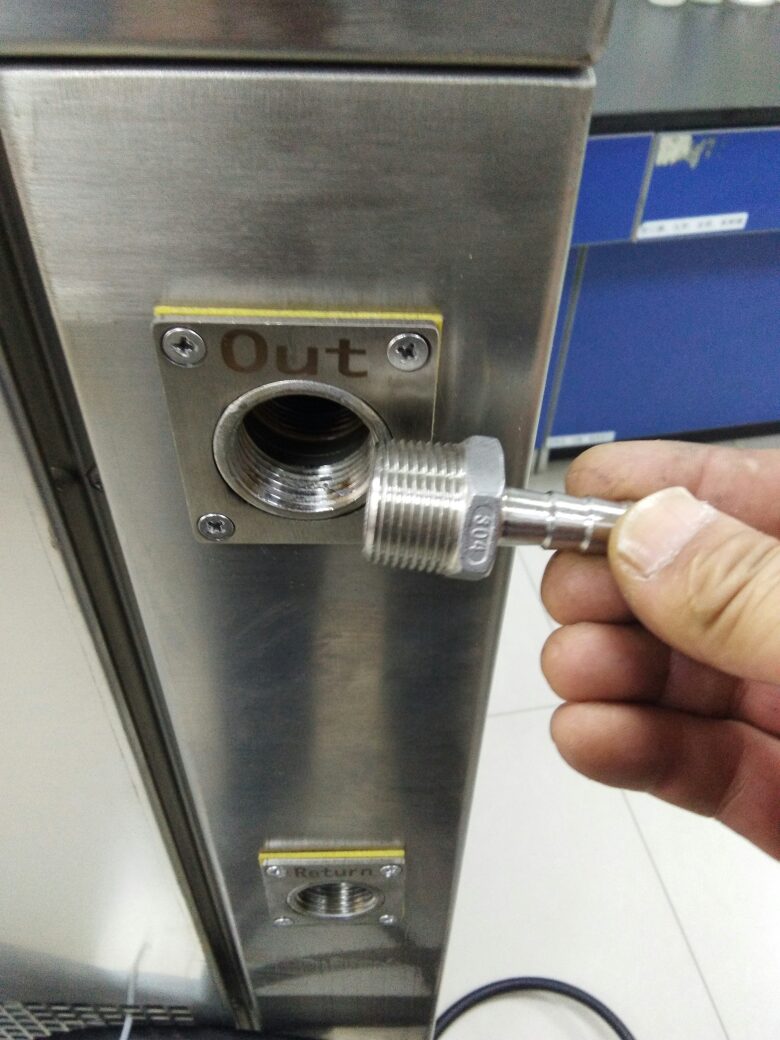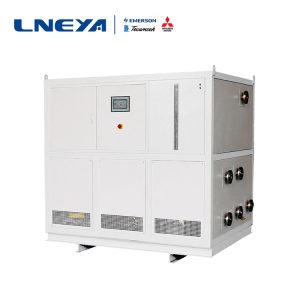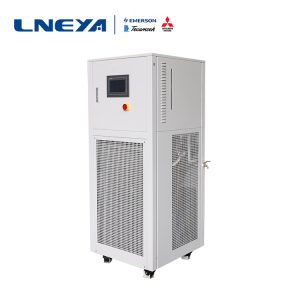Chemical reaction exothermic or endothermic temperature dynamic compensation system
In the chemical laboratory, pilot plant and reaction process, temperature control requires the use of dynamic temperature control systems. When controlling the reactor, the exothermic and endothermic reactions must be compensated with high speed and reliability. The dynamic compensation of exothermic or endothermic chemical reactions poses a greater challenge to temperature control systems. Especially if the reaction occurs in an extreme temperature range, the temperature control system must provide rapid compensation.
The dynamic temperature control system represents the latest technology in contemporary laboratories. These devices are not only designed for precise temperature control, but also for rapid temperature changes, making them ideal for material stress testing, temperature simulation or reactor vessels.
Reactor temperature control
Glass or stainless steel reactors are used in most temperature control applications. The stainless steel reactor is more durable and sturdy. Glass reactors can view the process inside the reactor, but extensive safety precautions are required to ensure safe use. The reactor usually has an internal container, which contains the liquid to be temperature controlled, and the outer shell containing the heat transfer liquid surrounds the internal container. The temperature control system is connected to the reactor jacket. The temperature range of the cooling and heating temperature control system is -120 ℃ to 350 ℃, intelligent temperature control, high precision.
Control stability
The ultra-high temperature cooling technology can directly cool down from the high temperature of 300 ℃. Since only the heat transfer medium in the expansion chamber is in contact with the oxygen in the air (the temperature of the expansion tank is between normal temperature and 60 ℃), the heat transfer medium can be reduced. There is a danger of oxidizing and absorbing moisture in the air. High temperature heat medium will not evaporate at high temperature, and continuous control can be realized in the range of -80 ℃ to 190 ℃ Multi-function alarm system and safety function, color TFT touch screen graphic display, magnetic drive pump, no shaft seal leakage problem.
Widely used
The dynamic temperature control system SUNDI series can be used in double-layer reactor thermostatic control, microchannel reactor temperature control, high pressure reactor temperature control, glass reactor temperature control, steaming system temperature control, material aging high and low temperature test, chemical temperature control And semiconductor equipment cooling and heating control.
Verwandte Empfehlungen
-
The Instruction Of Ultra Low Temperature Freezer Minus 80 Degrees
1746The machine must be tested before usage (or before it is energized again) in the following conditions: when ultra low temperature freezer is first used in ultra low temperature freezer minus 80 degrees, or after the ultra low temperature freezer i...
Details anzeigen -
Wie erwirbt man ein Temperaturprüfsystem für Leistungsmanagement-Chips?
1870Das Temperaturprüfsystem für Leistungsmanagement-Chips ist ein wichtiges Gerät, mit dem die Leistung und Zuverlässigkeit von Halbleiterchips in verschiedenen Temperaturumgebungen geprüft werden kann. Wenn Sie diese Art von Testausrüstung kaufen, müssen Sie...
Details anzeigen -
Importance of 200KW freezer maintenance
1643After a long period of operation, some faults may occur, which is relatively large for the freezer, so 200 kW freezer maintenance is very important. A regular maintenance and maintenance 200KW freezer can reduce the company's energy costs. With th...
Details anzeigen -
Was muss ich bei der Platzierung von Hoch- und Niedertemperatur-Umwälzpumpen im geschlossenen Kreislauf beachten?
1442Es gibt gewisse Unterschiede in der Größe und Leistung von vollständig geschlossenen Hoch- und Niedertemperatur-Umwälzpumpen verschiedener Hersteller. Die Benutzer müssen beim Aufstellen der Geräte nach dem Kauf auf die Position achten. Wenn die Platzierung...
Details anzeigen
 LNEYA Industriekühler Hersteller Lieferant
LNEYA Industriekühler Hersteller Lieferant









